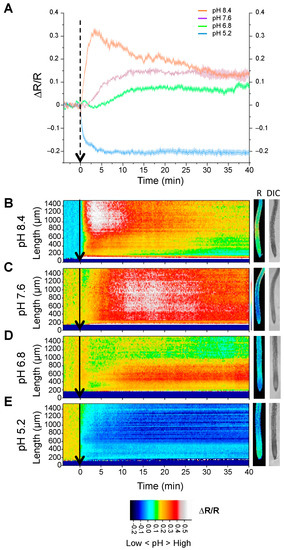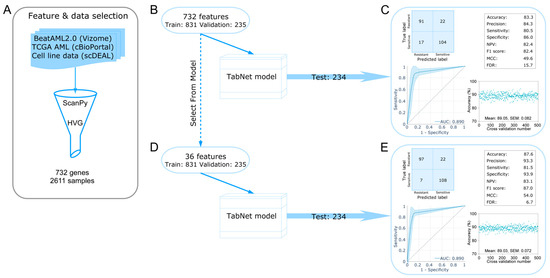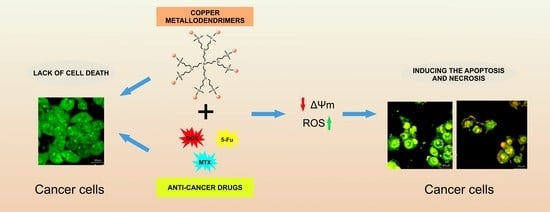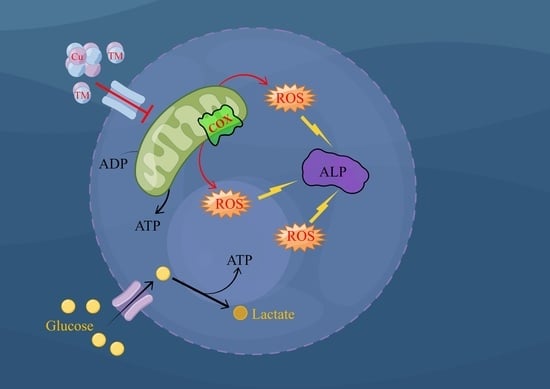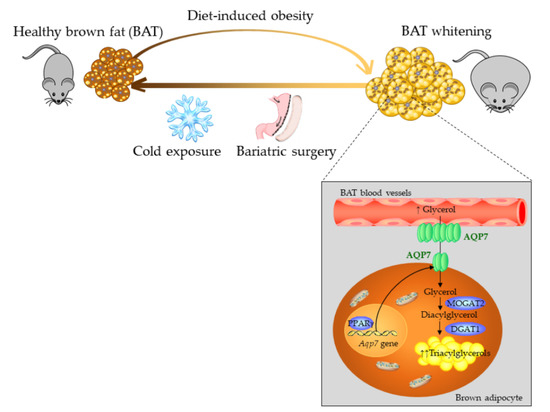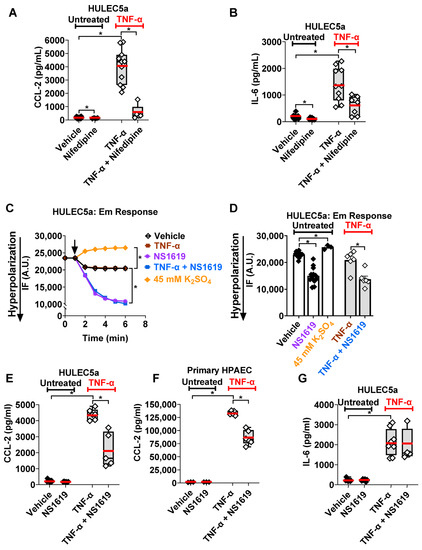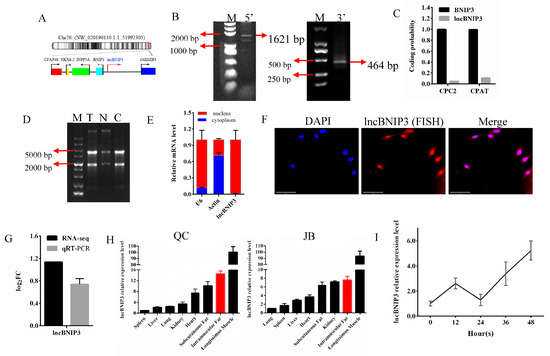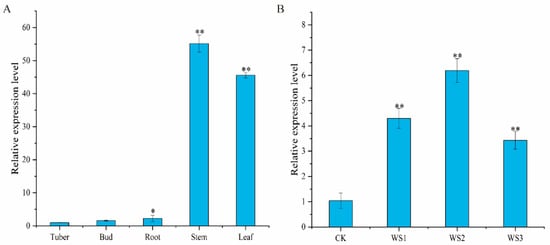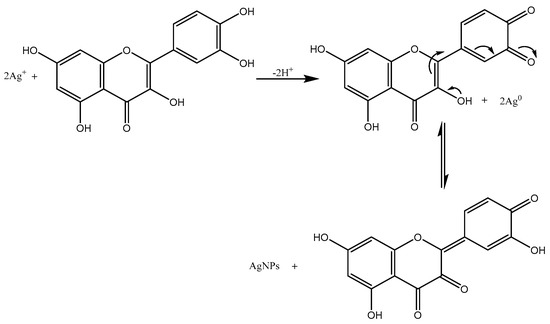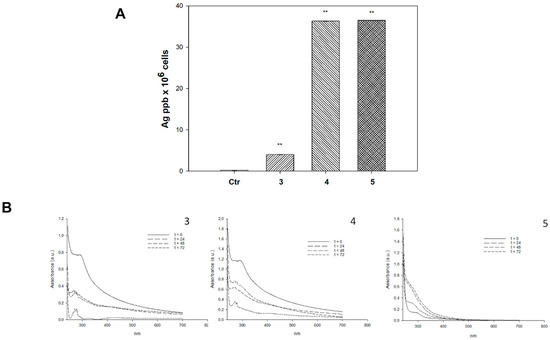1
Institute of Plant Biochemistry and Photosynthesis, Consejo Superior de Investigaciones Científicas, Universidad de Sevilla, 41092 Seville, Spain
2
Centre for Organismal Studies, University of Heidelberg, 69120 Heidelberg, Germany
†
Current address: Syngenta Crop Protection AG Research Center, 4332 Stein, Switzerland.
‡
Current address: Institute of Plant Biology and Biotechnology, University of Münster, 48149 Münster, Germany.
Int. J. Mol. Sci. 2023, 24(4), 3549; https://doi.org/10.3390/ijms24043549 - 10 Feb 2023
Cited by 3 | Viewed by 2938
Abstract
Plants have evolved elaborate mechanisms to sense, respond to and overcome the detrimental effects of high soil salinity. The role of calcium transients in salinity stress signaling is well established, but the physiological significance of concurrent salinity-induced changes in cytosolic pH remains largely
[...] Read more.
Plants have evolved elaborate mechanisms to sense, respond to and overcome the detrimental effects of high soil salinity. The role of calcium transients in salinity stress signaling is well established, but the physiological significance of concurrent salinity-induced changes in cytosolic pH remains largely undefined. Here, we analyzed the response of Arabidopsis roots expressing the genetically encoded ratiometric pH-sensor pHGFP fused to marker proteins for the recruitment of the sensor to the cytosolic side of the tonoplast (pHGFP-VTI11) and the plasma membrane (pHGFP-LTI6b). Salinity elicited a rapid alkalinization of cytosolic pH (pHcyt) in the meristematic and elongation zone of wild-type roots. The pH-shift near the plasma membrane preceded that at the tonoplast. In pH-maps transversal to the root axis, the epidermis and cortex had cells with a more alkaline pHcyt relative to cells in the stele in control conditions. Conversely, seedlings treated with 100 mM NaCl exhibited an increased pHcyt in cells of the vasculature relative to the external layers of the root, and this response occurred in both reporter lines. These pHcyt changes were substantially reduced in mutant roots lacking a functional SOS3/CBL4 protein, suggesting that the operation of the SOS pathway mediated the dynamics of pHcyt in response to salinity.
Full article
(This article belongs to the Special Issue Study on the Molecular Adaptation Mechanisms to Environmental Stresses in Plants)
▼
Show Figures

